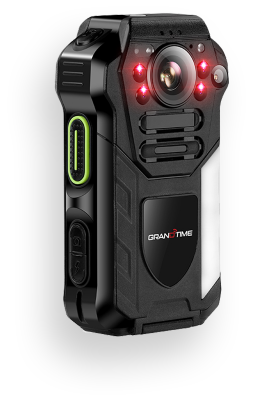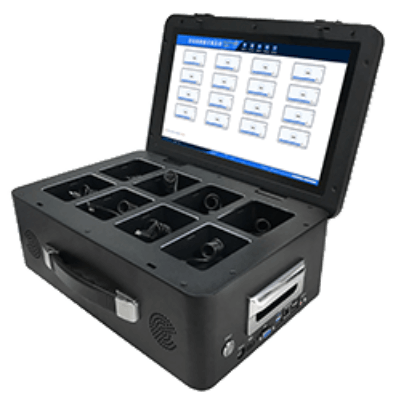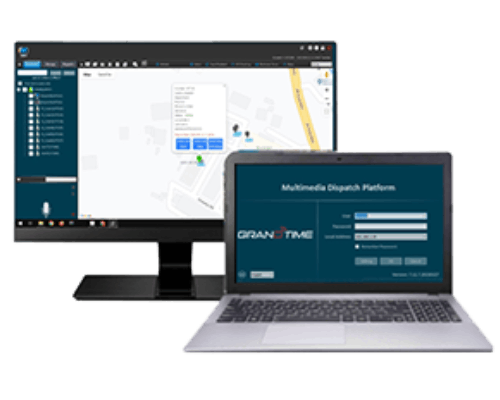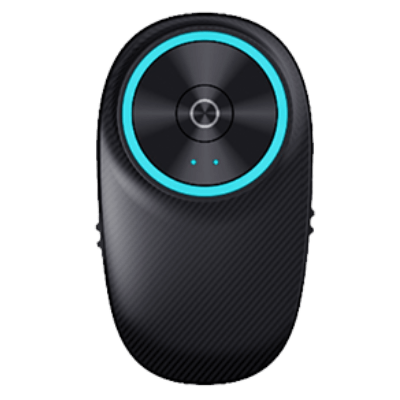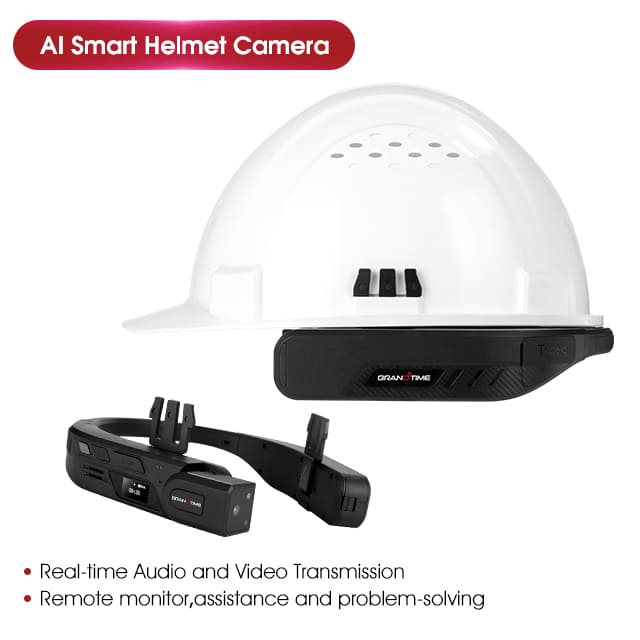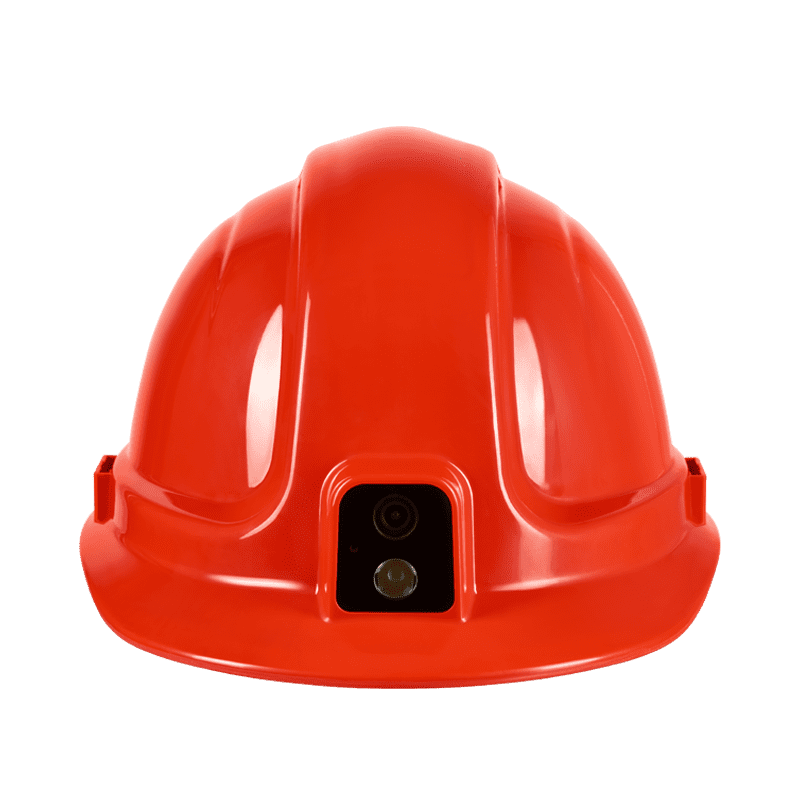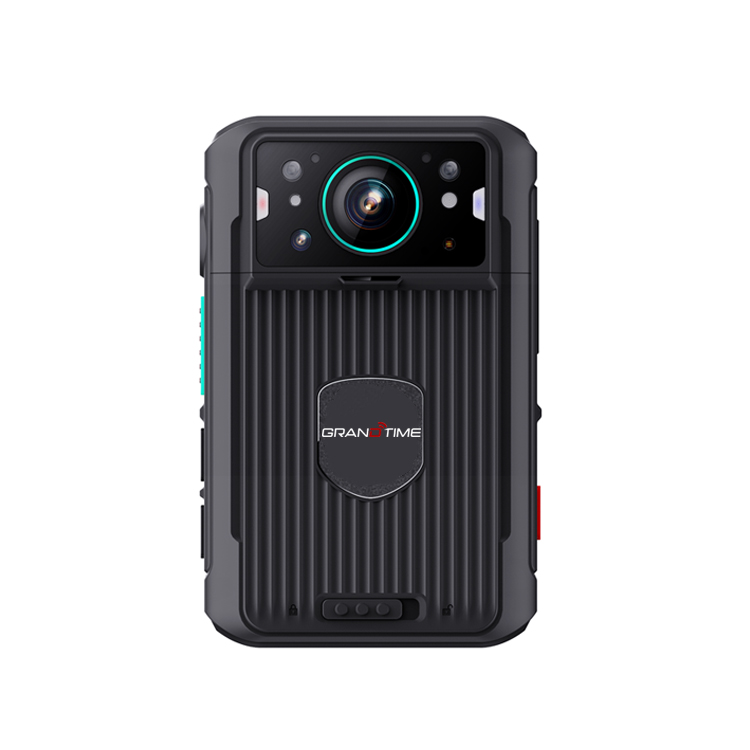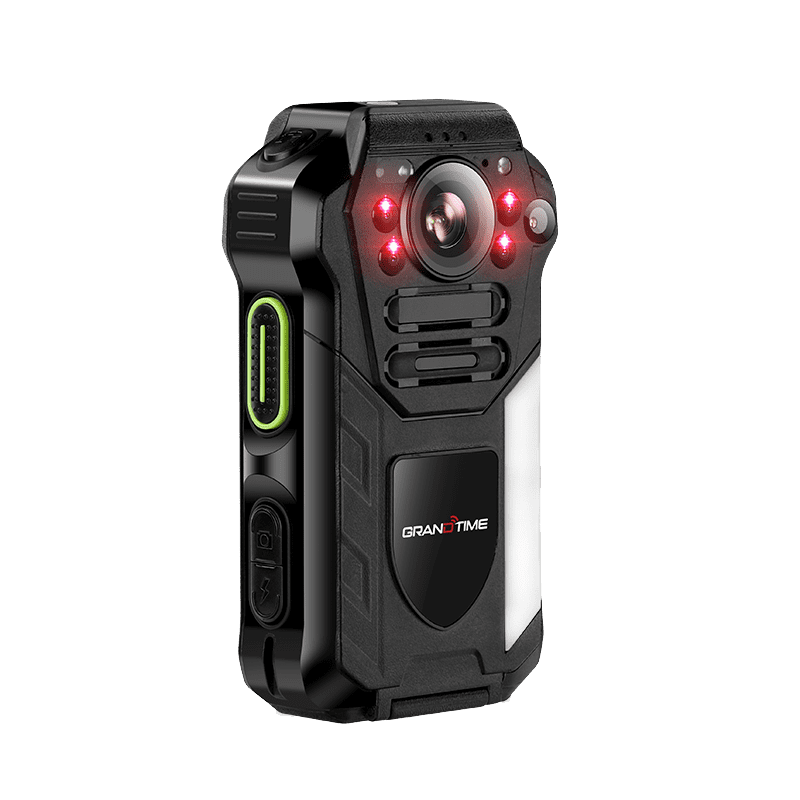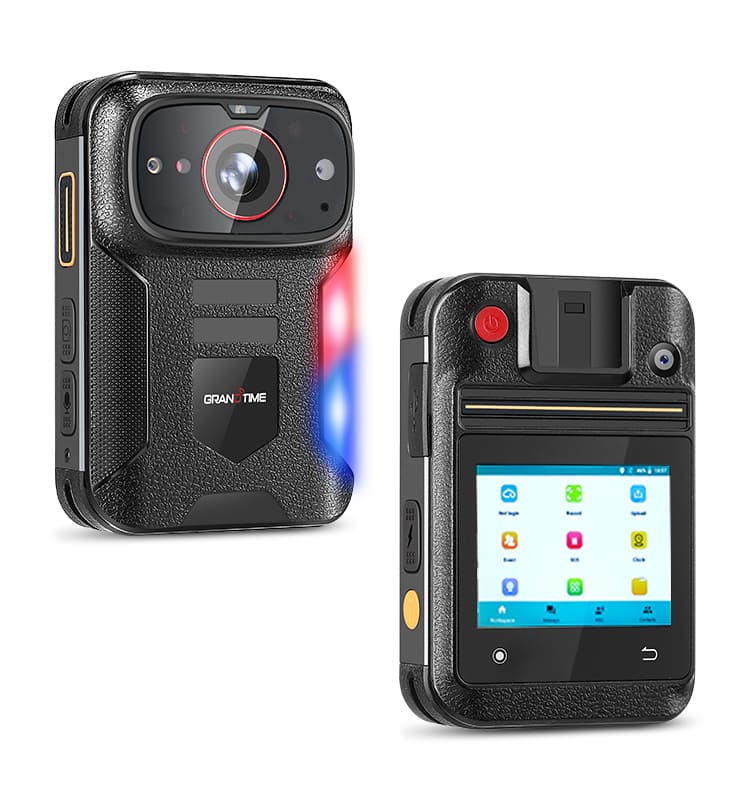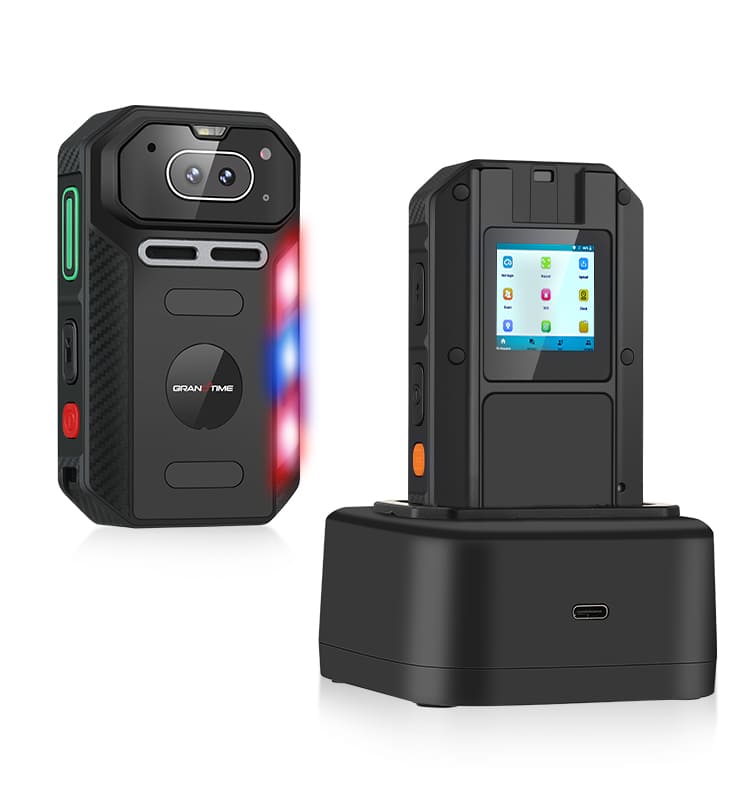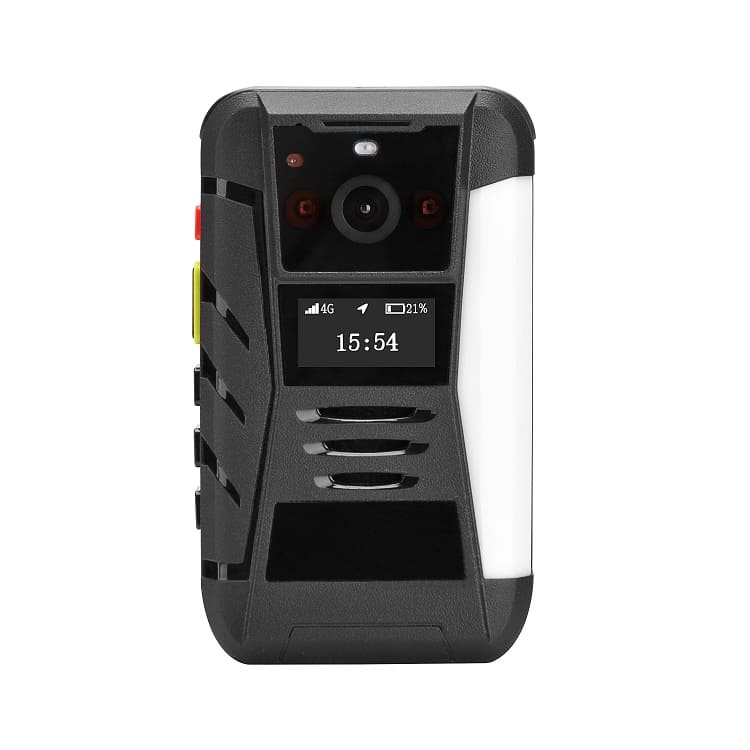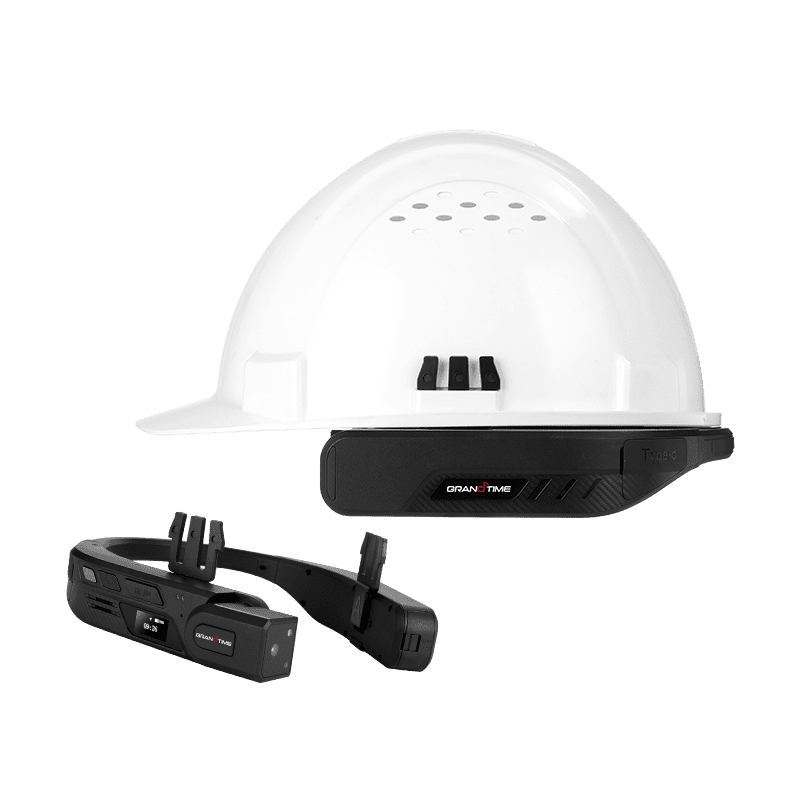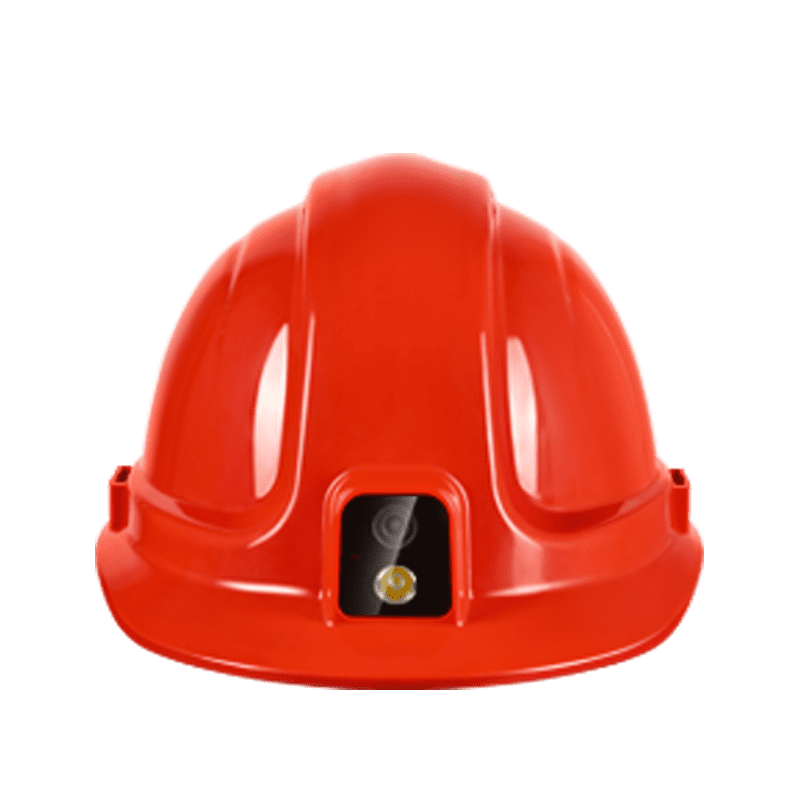In recent years, smart safety helmet cameras have become indispensable tools across various industries, particularly in construction, mining, utilities, and law enforcement. These devices combine protective headgear with high-definition video recording, real-time communication, and even AI-based features like facial recognition or thermal imaging. However, with the growing number of manufacturers and models available, selecting the right smart helmet camera for your needs can be overwhelming.
This article explores the key factors you should evaluate before purchasing a smart safety helmet camera, helping you make an informed and value-driven decision.
1. Camera Resolution and Image Quality
The primary function of a smart safety helmet camera is to capture high-quality video footage. This is critical not only for documentation but also for real-time monitoring and post-event analysis.
Minimum Requirement: Look for at least 1080p HD video recording, though 4K helmet cameras are now widely available and preferred for detailed video.
Night Vision: In low-light environments, such as underground tunnels or during night shifts, infrared night vision or low-light sensors become essential.
Wide-Angle Lens: A wider field of view (typically 120° to 170°) ensures more comprehensive coverage of surroundings.
2. Real-Time Connectivity and Live Streaming
Smart helmet cameras are increasingly used for real-time collaboration, especially in remote work environments where expert supervision or emergency response is needed.
Wi-Fi and 4G/5G LTE Connectivity: Enables live streaming helmet cameras to broadcast footage directly to command centers or supervisors.
Cloud Integration: Some models offer cloud-based storage and synchronization, which supports data access from multiple devices and locations.
Bluetooth Integration: For real-time audio communication and syncing with other wearable devices.
3. Durability and Compliance with Safety Standards
Since smart helmets are often used in harsh industrial environments, durability is non-negotiable.
IP Ratings: Ensure the device is dustproof and waterproof (look for IP66 or higher).
Shock Resistance: Should withstand drops, vibrations, and impact.
Compliance: Helmets should meet ANSI/ISEA or EN397 safety standards, depending on your region.
Also, consider whether the camera module is integrated or modular (detachable). Integrated cameras may offer better waterproofing, while modular units offer flexibility.
4. Battery Life and Power Management
Battery life directly impacts productivity, especially during long shifts or in remote sites with limited access to charging.
Operational Time: Aim for a minimum of 6–8 hours of continuous recording. Some models offer hot-swappable batteries for uninterrupted use.
Charging Time: Quick-charge functionality is a plus.
Power Bank Compatibility: Useful for field work where charging outlets are scarce.
5. Smart Features
Modern AI smart helmet cameras are redefining the scope of safety monitoring.
Facial Recognition: Useful for access control and attendance.
Thermal Imaging: Ideal for detecting overheating machinery or elevated body temperatures, especially relevant for mining or pandemic-related monitoring.
Object and Hazard Detection: Cameras with AI can alert users about potential safety hazards, reducing incident risks.
Make sure these features align with your operational needs and don’t compromise battery life or system stability.
4G Split-type Smart Wearable Helmet Camera
6. Data Storage and Security
Video footage and user data must be safely stored and transmitted, especially in regulated industries.
Storage Options: Look for both onboard storage (e.g., microSD card up to 256GB) and encrypted cloud storage.
Data Encryption: End-to-end encryption and password-protected access are crucial for privacy and compliance.
Automatic Backups: Ensures footage isn’t lost in case of device damage or loss.
7. User Interface and Ease of Use
A smart helmet camera should not overcomplicate the user experience.
Voice Control and Touch Interface: Allow hands-free operation in dynamic environments.
Mobile App Integration: Enables remote control, settings adjustment, and data syncing.
Training and Support: Consider manufacturers who offer tutorials, technical support, and firmware updates.
8. Brand Reputation and After-Sales Support
The market has seen the rise of several specialized smart helmet camera manufacturers. Not all deliver the same level of reliability and service.
Top Brands: Brands like Grandtime are industry leaders known for durability and innovation.
Warranty and Support: A good manufacturer warranty, responsive customer service, and local repair services are important.
9. Use Case-Specific Features
Always match the product with your intended application.
Construction Sites: Prioritize helmet cameras with live streaming and AI-based safety alerts.
Mining: Go for thermal imaging and dustproof designs.
Law Enforcement: Look for facial recognition and secure cloud backups.
Oil & Gas Industry: Choose explosion-proof helmet cameras that meet ATEX or IECEx standards.
10. Total Cost of Ownership
Don’t just compare upfront costs—consider the total cost of ownership.
Initial Price: Basic models may start around $200, while premium smart helmets can exceed $1,000.
Subscription Services: Some manufacturers charge monthly for cloud storage, software access, or AI analytics.
Accessory Costs: Consider the cost of mounts, batteries, and replacement parts.
Smart Helmet Camera Support 3G 4G and Wi-Fi Network
Conclusion
Buying a smart safety helmet camera is a strategic investment in workplace safety, productivity, and compliance. From image quality and smart features to durability and after-sales support, every aspect plays a role in finding the right solution. Make your decision based on your specific application and industry requirements, and always choose reliable manufacturers known for robust hardware and dependable support. Grandtime's smart helmet camera represents a blend of innovation, technology, and security designed to allow users to record important moments while prioritizing safety and convenience. Click to view the Grandtime product collection and choose the smart helmet camera that suits your industry.

